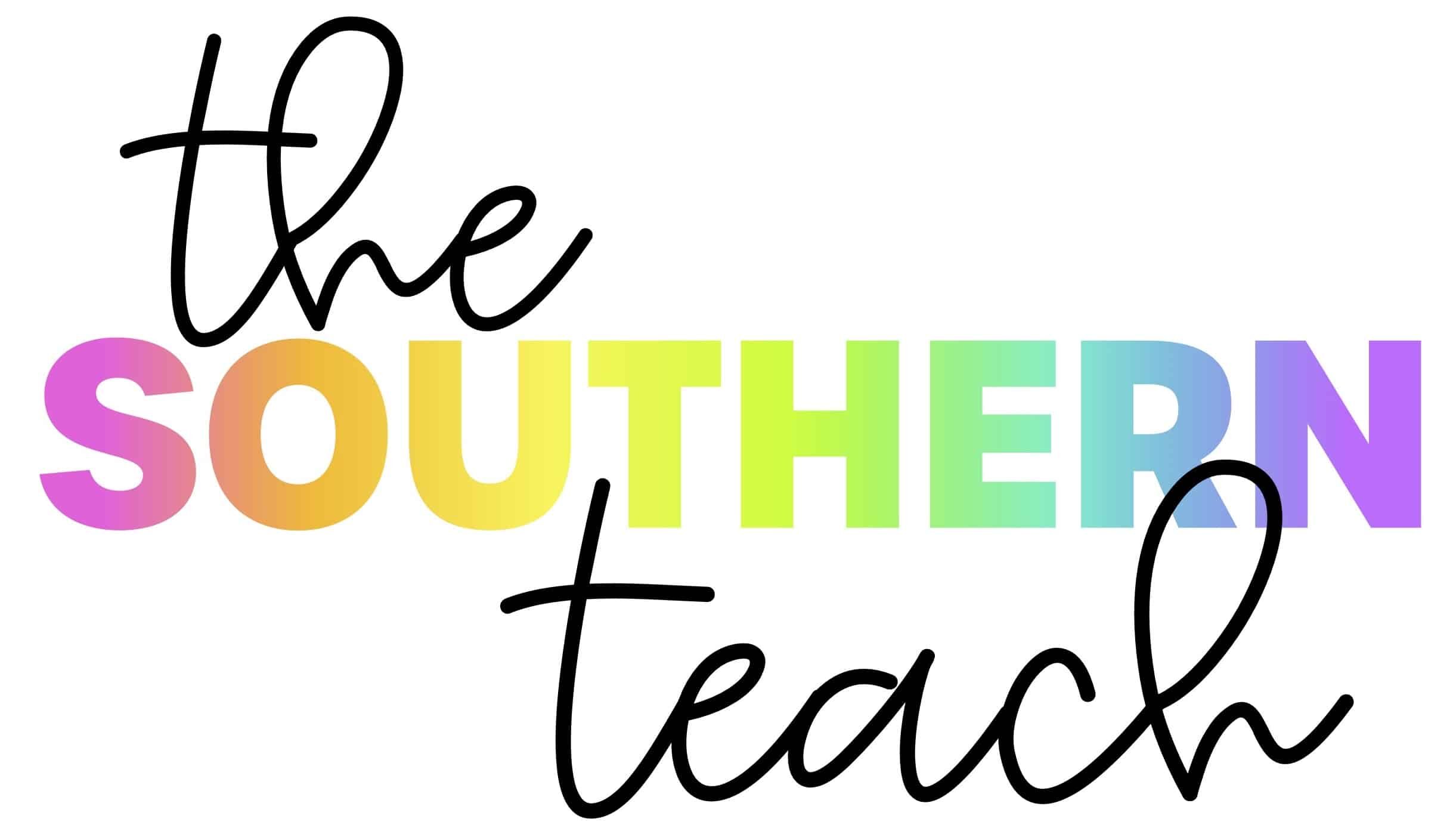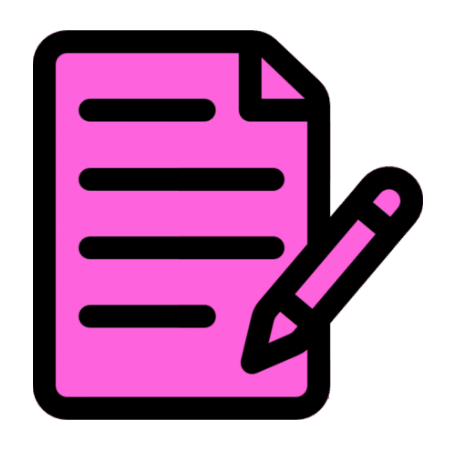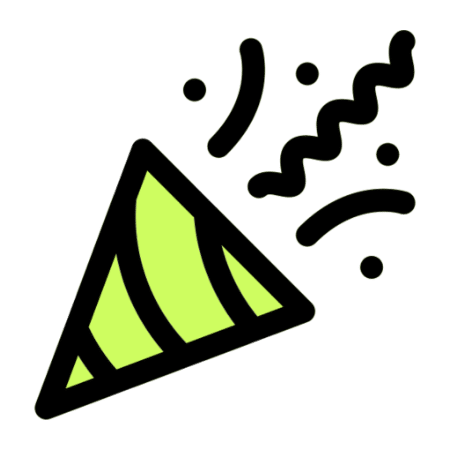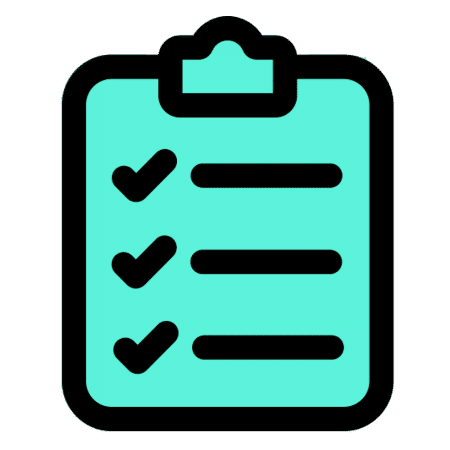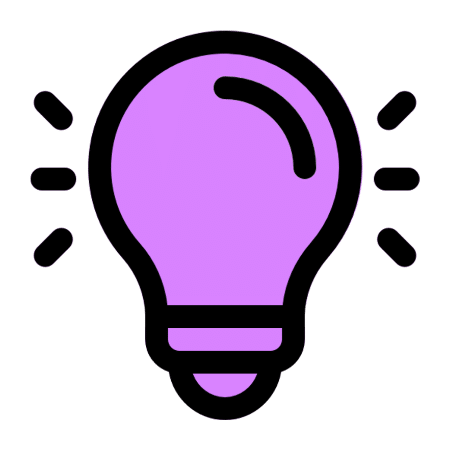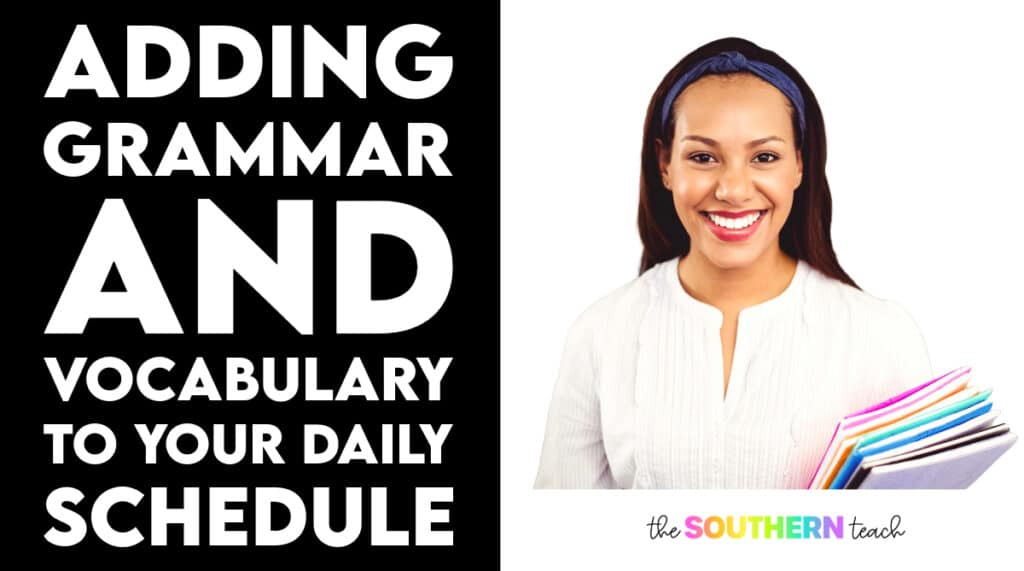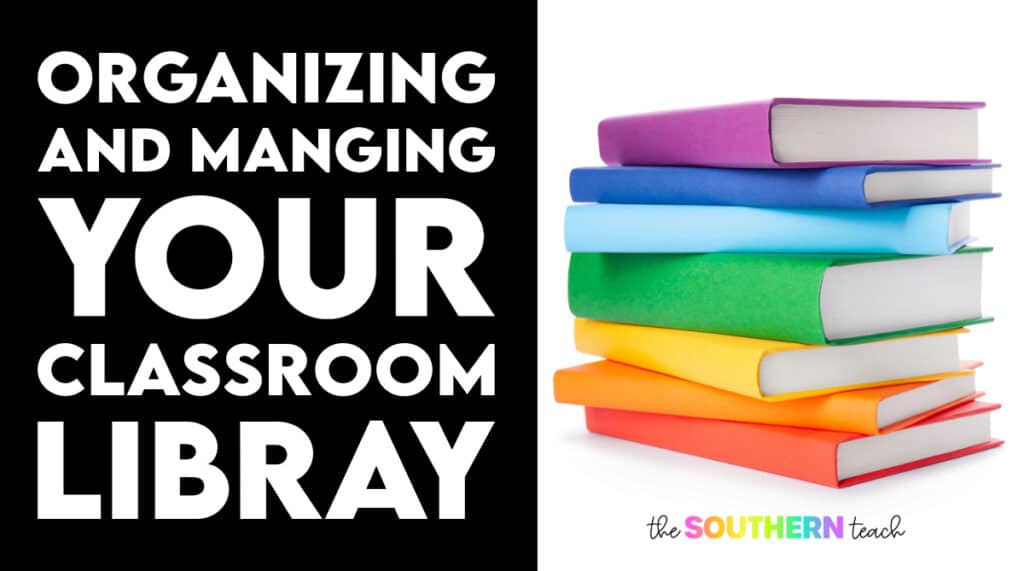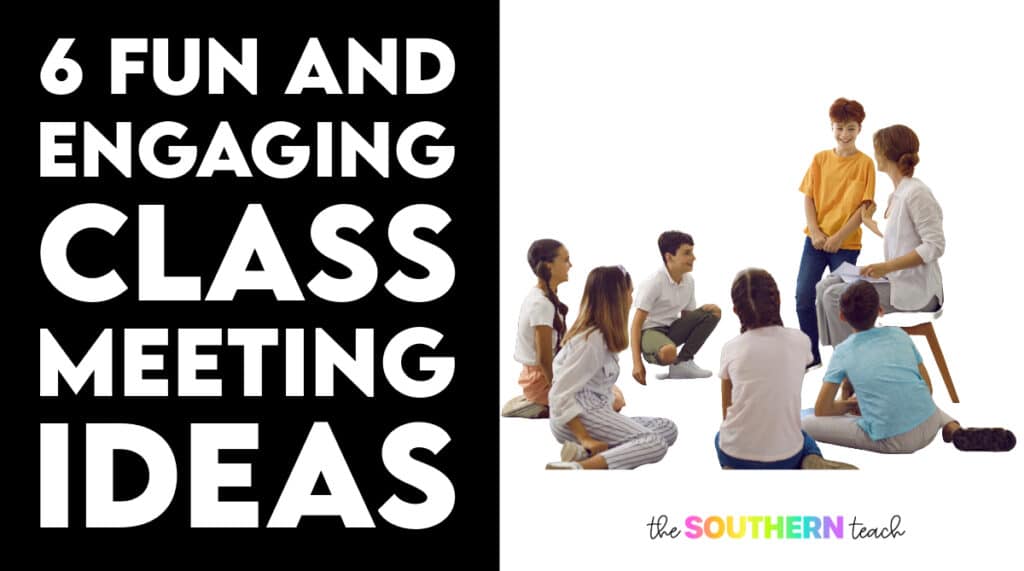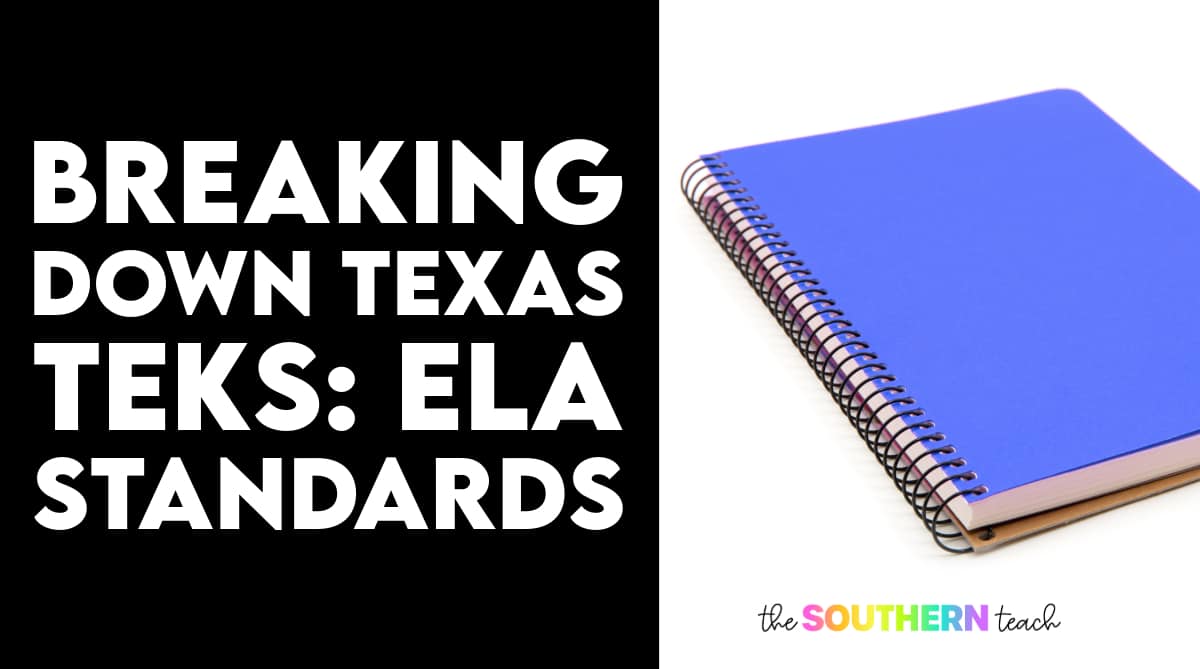
Share This Post:
Texas English Language Arts (ELA) has a lot of important components to understand. In this blog post, I will be breaking down the meaning of the Texas Essential Knowledge and Skills (known as TEKS) for Grades 3-5!
When was the TEKS English Language Arts standards implemented?
The streamlined social studies TEKS for kindergarten-grade 5 were adopted in 2017, were effective in August 2019, and were implemented in classrooms beginning with the 2019-2020 school year.

Introduction of the TEKS English Language Arts Standards
Here are some main things to know about the TEKS standards:
- Texas English Language Arts Standards connects reading, writing, listening, speaking, and thinking through 7 integrated strands.
- The 7 strands are supposed to connect to reading, writing, listening, and speaking to build academic and social language proficiency. Each strand is of equal value, may be presented in any order, and should be integrated throughout the year.
- Encoding (spelling) and decoding (reading) are reciprocal skills.
- As students progress through each grade level, the text complexity increases with challenging vocabulary, sentence structures, text features, cognitively stimulating content, and inferential relationships between ideas.
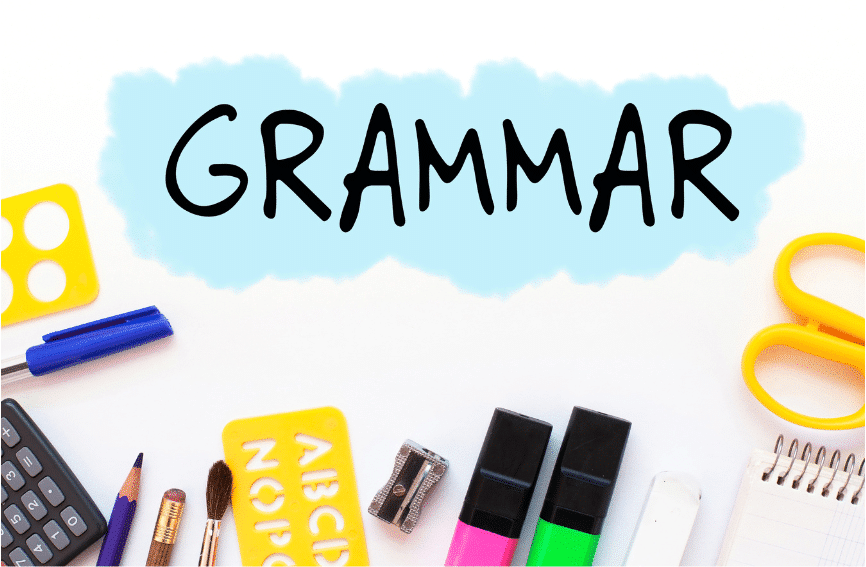
7 Strands of the TEKS English Language Arts Standards
Here’s a look at each of the 7 strands or domains. This is featured in all grade levels from K-12.
Developing and sustaining foundational language skills
These skills cover oral language, spelling (encoding) patterns, vocabulary, fluency, and self-sustained reading.
Comprehension Skills
Comprehension covers listening, speaking, reading, and writing using multiple texts through metacognitive skills. Examples include making inferences, making connection, or making and confirming predictions.
Response Skills
Response skills covers listening, speaking, reading, and writing using multiple texts through responding to a variety of sources. This could include describing personal connections or using text evidence to support a response.
Multiple Genres
Multiple genres cover recognizing and analyzing both literary elements and genre-specific structures with a variety of contemporary and classical literary text. The genres include: fiction, poetry, drama, information, and argumentative text.
Author’s Purpose and Craft
These skills cover analyzing the author’s choices and how they communicate the meaning in a text. This could include author’s message and purpose, point of view, and use of imagery/figurative language.
Composition
These skills cover the writing process – plan, draft, revise, edit, and publish. It also covers using genre characteristics to compose meaningful text. This could include personal narratives, poetry, letters or correspondence, argumentative text, and informational text.
Inquiry and Research
With this, students research on a variety of topics with skills such as generating questions, using primary and secondary sources, identify and gather relevant information.

ELA STAAR Testing
Recently in 2021, the assessed curriculum for the standardized STAAR test in Texas changed to integrate reading and writing. There is no longer a separate writing STAAR test (formerly assessed in 4th grade).
The test includes a reading, revising and editing, and writing composition component. You can learn more on the assessed curriculum here.
What are the differences between 3rd, 4th, and 5th grade ELA curriculum?
While the strands of ELA are the same for all grade levels, the level of complexity increases throughout the grade level. Not all skills are covered in the same way each year. Here’s an example of a skill from 3-5 in the Multiple Genres strand:
3.9C: discuss elements of drama such as characters, dialogue, setting, and acts;
4.9C: explain structure in drama such as character tags, acts, scenes, and stage directions;
5.9C: explain structure in drama such as character tags, acts, scenes, and stage directions;
As you can see, students in 3rd grade will discuss elements of drama and the meaning of each element. In 4th and 5th grade, students will explain the structure in drama and how it’s formatted. “Such as” refers to examples and could include more elements not listed in the TEKS.
You can find the specific skills for TEKS English Language Arts (K-5) here.
If you’re looking for fun and engaging ways to infuse the ELA TEKS in your upper elementary classroom, check out this blog post on 5 literacy center activities!
kirsten hammond
Kirsten is a former 3rd and 5th grade teacher who loves helping upper elementary teachers by creating resources and sharing ideas that are engaging, research-based, and TEKS-aligned. She is a work-from-home mama of 3 rambunctious little ones and loves running, true crime, and lots of coffee.
